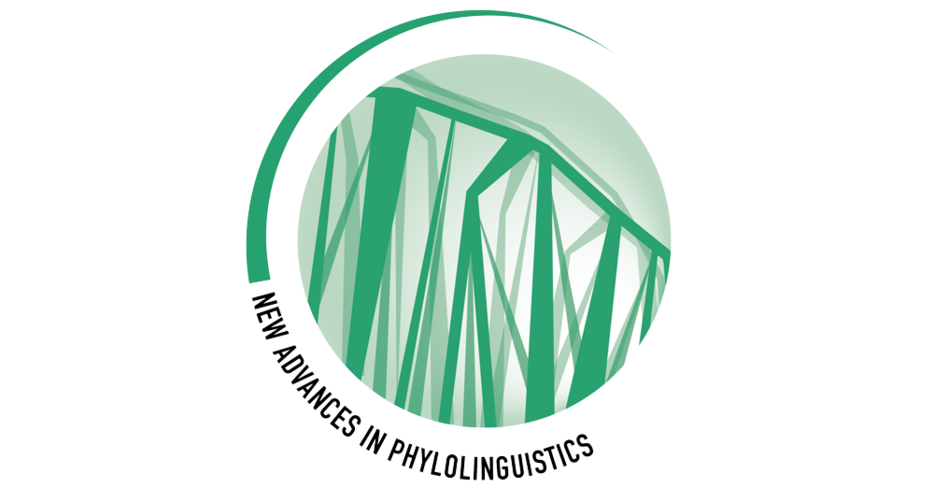Papers at the joint workshop "New Advances in Phylolinguistics", Leipzig 11-12 June

Balthasar Bickel, Paul Widmer, Sarah Babinski, Laura Dees, Ewan Ciuffi, Alexandru Craevschi, Thomas Roberts, Takuya Takahashi of the ISLE Institute as well as NCCR-associated Timothy Vaughan are scheduled as invited contributions at the New Advances in Phylolinguistics workshop held at the Max-Planck-Institute for Evolutionary Anthropology, Leipzig, on 11 - 12 June 2025.
In recent years, computational methods have moved from the fringe to the centre of comparative linguistics. They now sit alongside well-established core methodologies such as philology, the comparative method, and corpus linguistics. They enable researchers to deal with the large amounts of data now becoming increasingly available in web-accessible lexical, typological, grammatical, and phonological databases. This overwhelming influx of data exceeds the capacity of any individual to process accurately from memory. Consequently, there is a growing demand for appropriate computational tools to analyse and interpret the wealth of freely available linguistic information. Computational methods have recently improved, not just in their accuracy and precision but also in their utility. Today, computational methods are used to do far more than build dated language family trees. They have been used to aid in automatic cognate identification, test hypotheses about word-order evolution, compare the dynamics of lexical and grammatical evolution, make rigorous inferences about homelands and migration patterns, and compare linguistic, genetic, and cultural evolution. The list does not stop there. Phylogenetic methods have also been applied to reconstruct phonology, morphosyntactic features, and other typological aspects of language, such as numerals and number marking. Finally, computational methods have recently "branched out" from building phylogenetic trees to study reticulate evolution, including borrowing and other contact-related phenomena. This workshop will focus on recent advances and results in all these areas. We welcome contributions that link diverse datasets, such as phonological, morphological, lexical, and cultural data, explore statistical and computational pipelines for data management and cognate detection, or address reticulation and language contact phenomena.